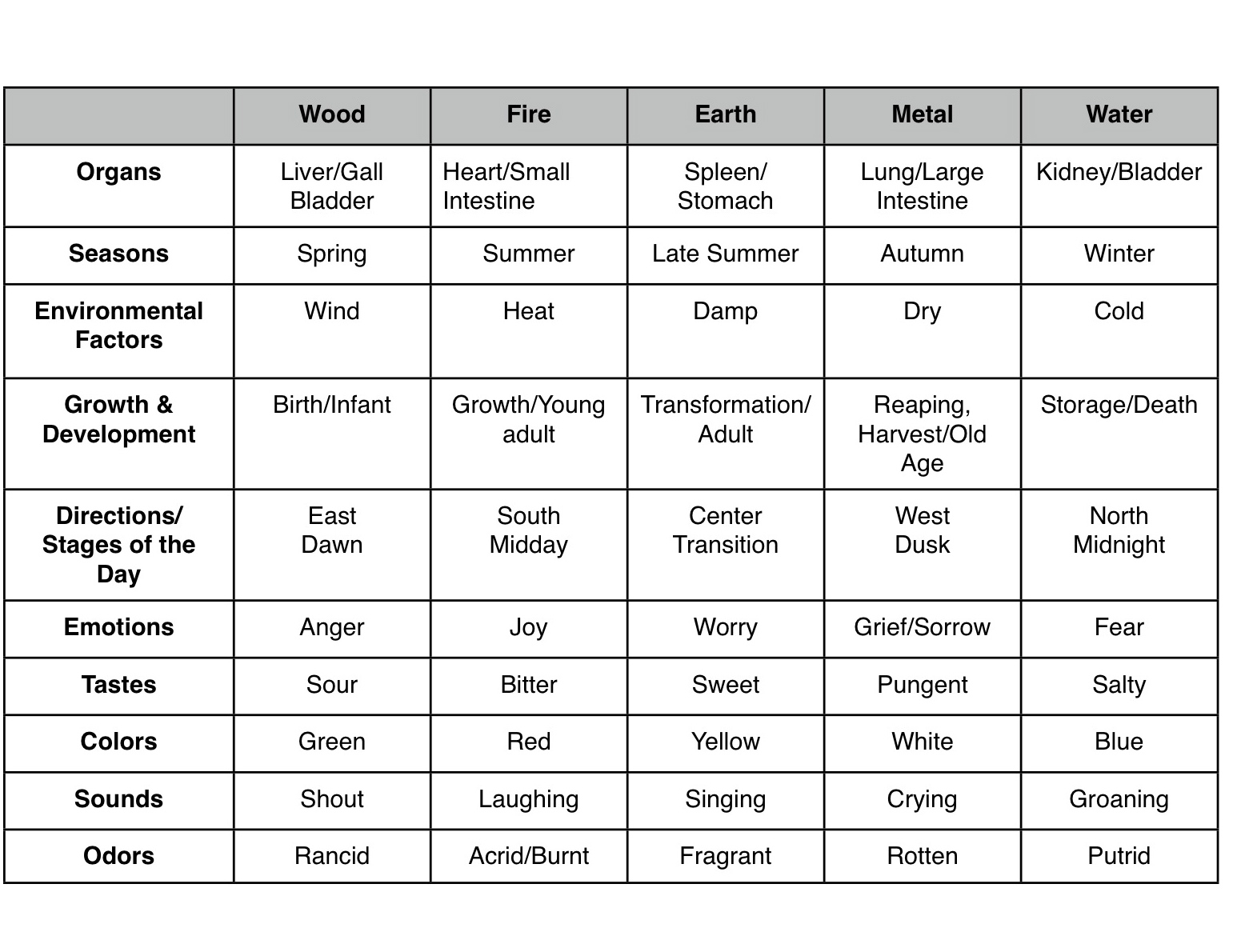

And much like gravity, this force can be felt from an infinite distance (albeit the force would be very, very small at that distance).Īs its name indicates, the electromagnetic force consists of two parts: the electric force and the magnetic force (opens in new tab). The greater the charge, the greater the force.

Opposite charges attract one another, while like charges repel. The electromagnetic force, also called the Lorentz force, acts between charged particles, like negatively charged electrons and positively charged protons. EDT on J(Image credit: NASA ) Electromagnetic force This significant solar flare peaked at 10:29 a.m. The weak force is critical for the nuclear fusion reactions that power the sun and produce the energy needed for most life forms here on Earth. This decay happens at a predictable rate, allowing scientists to determine how old such artifacts are. Carbon-14 has six protons and eight neutrons one of those neutrons decays into a proton to make nitrogen-14, which has seven protons and seven neutrons. It's also why archaeologists can use carbon-14 to date ancient bone, wood and other formerly living artifacts. As a result, the subatomic particles decay into new particles, according to Georgia State University's HyperPhysics website (opens in new tab). When subatomic particles such as protons, neutrons and electrons come within 10^-18 meters, or 0.1% of the diameter of a proton, of one another, they can exchange these bosons. In the weak force, the bosons are charged particles called W and Z bosons. Specific kinds of bosons are responsible for the weak force, electromagnetic force and strong force. Physicists describe this interaction through the exchange of force-carrying particles called bosons. So, for example, a n eutrino (opens in new tab)that strays close to a neutron can turn the neutron into a proton while the neutrino becomes an electron. This is the literal change of one type of subatomic particle into another. For example, bombarding atoms of the element curium with atoms of neon made element 106 – seaborgium.The weak force, also called the weak nuclear interaction, is responsible for particle decay. By smashing atoms together in machines known as particle accelerators, it was discovered that new elements could be made.


Scientists discovered that, by allowing fast neutrons to collide with the common isotope of uranium known as U-238 in a nuclear reactor, the ‘new’ element plutonium was made.The answer is to be found in the development of nuclear power plants and machines known as particle accelerators: Only 90 of the 116 known elements occur naturally, so where have the other 26 come from? neon atom + helium atom fusing to give a magnesium atom: 20Ne + 4He → 24Mg.oxygen atom + helium atom fusing to give a neon atom: 16O + 4He → 20Ne.carbon atom + helium atom fusing to give an oxygen atom: 12C + 4He → 16O.3 helium atoms fusing to give a carbon atom: 3 4He → 12C.As Britain’s Astronomer Royal Sir Martin Rees said, “We are literally the ashes of long dead stars.” When you buy a party balloon that floats in air, it is filled with helium gas – most of which was created when the universe was only 3 minutes old!Įxamples of element making (nucleogenesis) in helium burning reactions: Our world is literally made up of elements formed deep within the cores of stars now long dead. In the supernova explosion, all of these elements are expelled out into space. The elements formed in these stages range from oxygen through to iron.ĭuring a supernova, the star releases very large amounts of energy as well as neutrons, which allows elements heavier than iron, such as uranium and gold, to be produced.
#4 elements of nature combine series
More massive stars begin a further series of nuclear burning or reaction stages. The dying star expands into a red giant, and this now begins to manufacture carbon atoms by fusing helium atoms. When a star’s core runs out of hydrogen, the star begins to die out. The Earth’s atmosphere is able to screen out most of the harmful radiation, and the Earth’s magnetic field can deflect the harmful effects of the solar wind. In addition, energised particles such as neutrinos and protons are released, and it is these that make up the solar wind.Įarth is in the path of this energy stream, which warms the planet, drives weather and provides energy for life. The energy from these nuclear reactions is emitted in various forms of radiation such as ultraviolet light, X-rays, visible light, infrared rays, microwaves and radio waves.


 0 kommentar(er)
0 kommentar(er)
